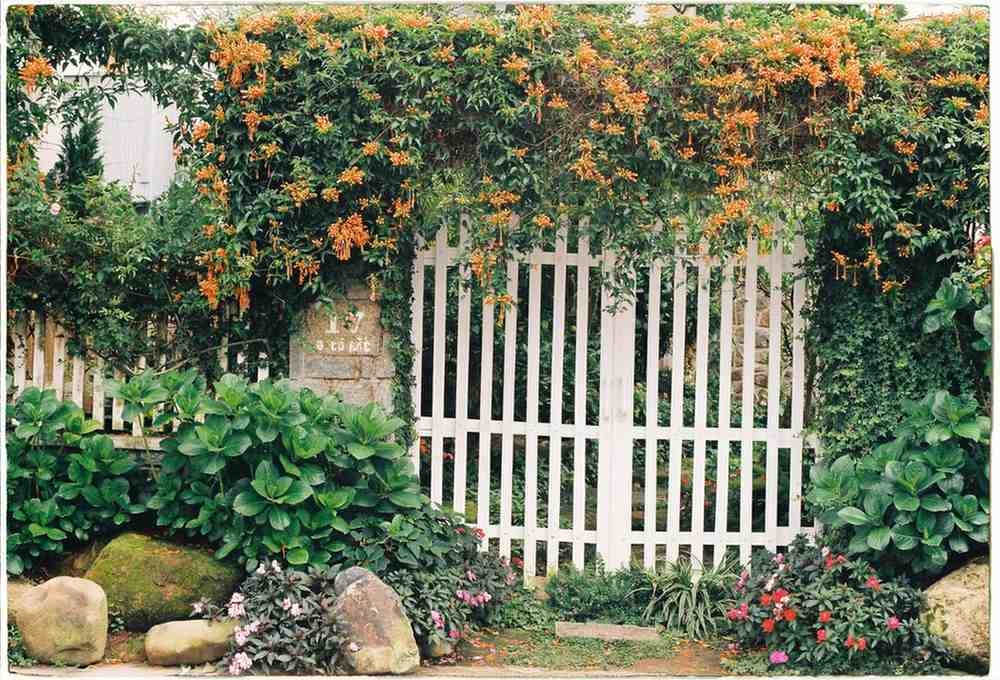Garden Fence: Explore Different Ideas
by Mark Hunt

A garden fence can transform the ambience of an outdoor corner ?in your yard. Most?seek approaches to advance character in such spaces without adding an extra layer of weight to the undertaking. Approaching it mindfully creates an inviting space for any time spent relaxing, family time, or stealing?a moment for quiet. This post presents several choices in a straightforward and uncomplicated way to help readers consider style, purpose, and utility.
Purpose and Planning
A garden fence can be used for privacy, as a border, or to emphasise a property. All decisions about what material to use are guided from the very beginning of the design process through careful strategic planning.
- A well-defined goal informs design choices.
- A measured layout avoids confusion.
- A budget helps manage expectations.
- Those first steps stop waste earlier and enable clear thinking later.
Material Choices
Materials affect appearance, durability, and maintenance. Each option brings a different?feel.
- Wood: Wood adds warmth. It has that old-school feel that many people are drawn to. Frequent treatment preserves colour?and surface quality. Short planks, or horizontal boards, yield a unique appearance that is pleasing to some eyes, while others prefer the vertical orientation.
- Metal: That can give your yard a neat?structure, including metal fencing. Lines can be?simple and help accentuate shape without competing with adjacent plants. Once in a while, cleaning?makes the surfaces appear new.
- Composite Panels: Unlike natural materials, composite options will stand up to the?weather. They stay steady?through rain or shine. Their different textures offer ideas for both small and large gardens.
Style Considerations
The right garden fence sets the tone for the entire area. Mindful design promotes the compatibility of vegetation, as well as the path and seating areas.
- Vertical Patterns: Vertical lines lift the gaze. This works great in smaller yards, as it creates a vertical element and makes the space feel taller.
- Horizontal Patterns: The horizontal boards provide a soothing?look. The flow across the surface is?soft and creates support for width, making wider spaces feel more balanced.
- Decorative Panels: Patterned panels soften plain walls. They have nice, understated shapes that are very attractive without dominating the garden. Gentle shadows created by light passing through?little cutouts are different at all times of the day.
- Colour and Finish: Colour choices influence mood. A soft shade encourages serenity. Stronger hues emphasise promise, as foliage draws attention?to a quiet background. To protect the quality of the material, paint, or stain, oils are applied. Seeing that each is going to create a different texture, it is best to sample a small area before committing to avoid ending up disappointed.
Practical Additions
Added functionality, while also helping to keep things running smoothly.
- Planters: Instead, attach some planters to the garden fence to raise flowers almost to eye?level. They also free?up floor space when it comes to moving furniture. Narrow?varieties suit small pots, and at a more substantial frame, wider containers can also work well.
- Shelves: Shelves support lightweight items. The narrow planks hold?tools, watering cans, or decorative pieces. Adequate spacing ensures that there is no appearance of clutter.
- Lighting: Light illuminates textures?and helps in the evenings. These warm tones create a relaxing atmosphere where you can enjoy meals outside or simply engage in conversation. Fixtures are kept simple so that the focus remains on plants rather than on gear.
Benefits of Thoughtful Layout
A considered layout creates harmony. Adequate distance between the plants and the fence?promotes air circulation. This helps reduce moisture problems. Maintenance is easy due?to unobstructed walking areas. If you want people to use a space more often, it doesn’t hurt to have it set up from a practical perspective.
Maintenance Tips
Every fence requires some care. Light cleaning keeps surfaces fresh. Checking joints prevents sagging. Surfaces with recoating are ensured to withstand weather fluctuations. Early small repairs make larger problems less likely to develop in the future.
Blending With Plants
Use?plants to soften those strident fence lines. There are climbing?types that generate smooth motion along the panels. Shrubs or low-growing flowers nicely frame the base. A variety of heights gives it depth without feeling too cluttered. Roots do not let the fence structure be disturbed by carefully selected?species.
Conclusion
There are numerous functional and creative ways a garden fence can create a unique area for the garden. That means individuals can select fabrics ?and colours that suit their style and day-to-day needs. A lot of careful planning brings everything together, and the garden continues to look good throughout the year. A fence is more than a boundary; it’s an experience enhanced with consistent care and a few simple additions. It turns into?an asset that serves comfort, aesthetics, and ease.
A garden fence can transform the ambience of an outdoor corner ?in your yard. Most?seek approaches to advance character in such spaces without adding an extra layer of weight to the undertaking. Approaching it mindfully creates an inviting space for any time spent relaxing, family time, or stealing?a moment for quiet. This post presents several…